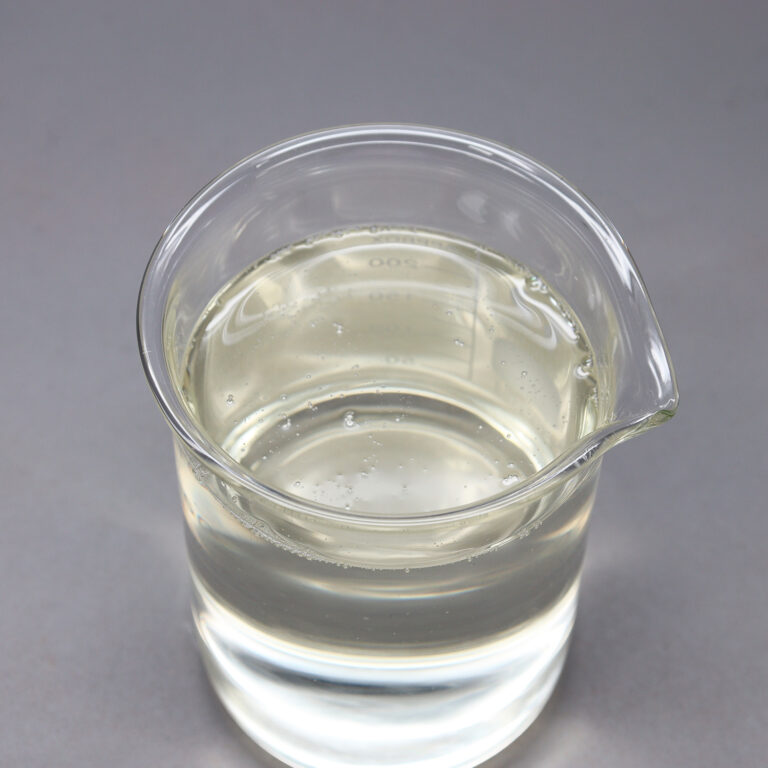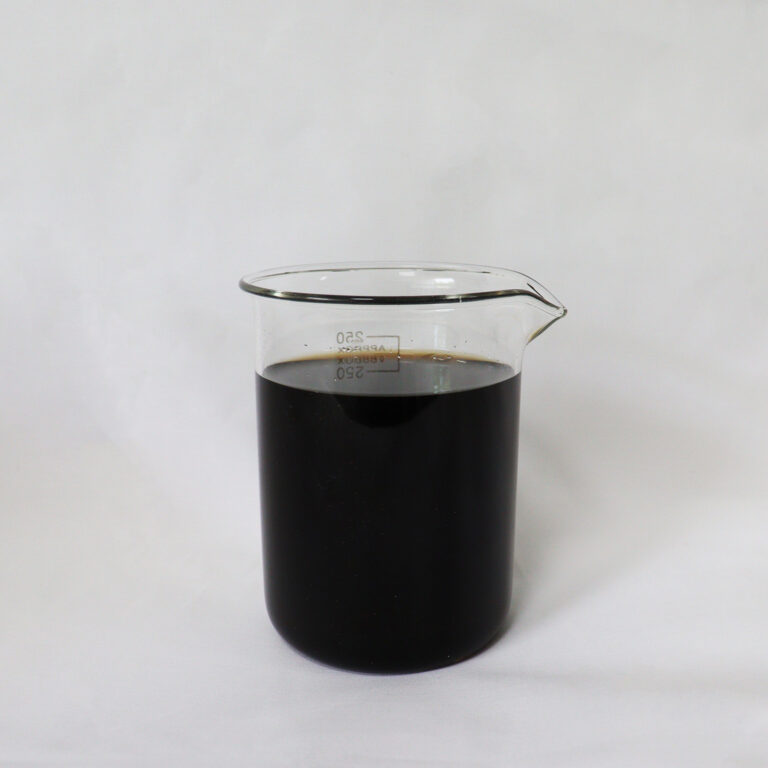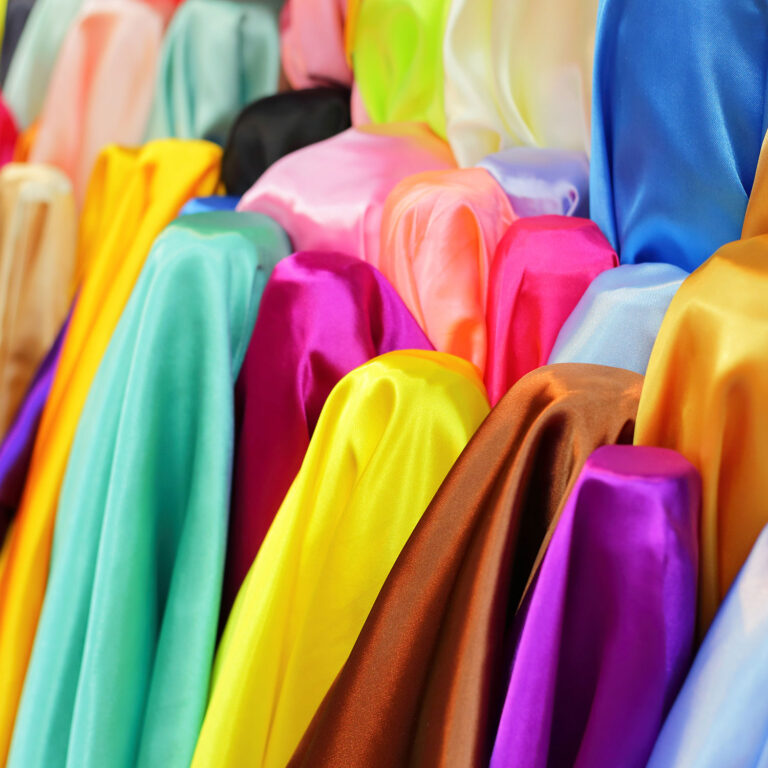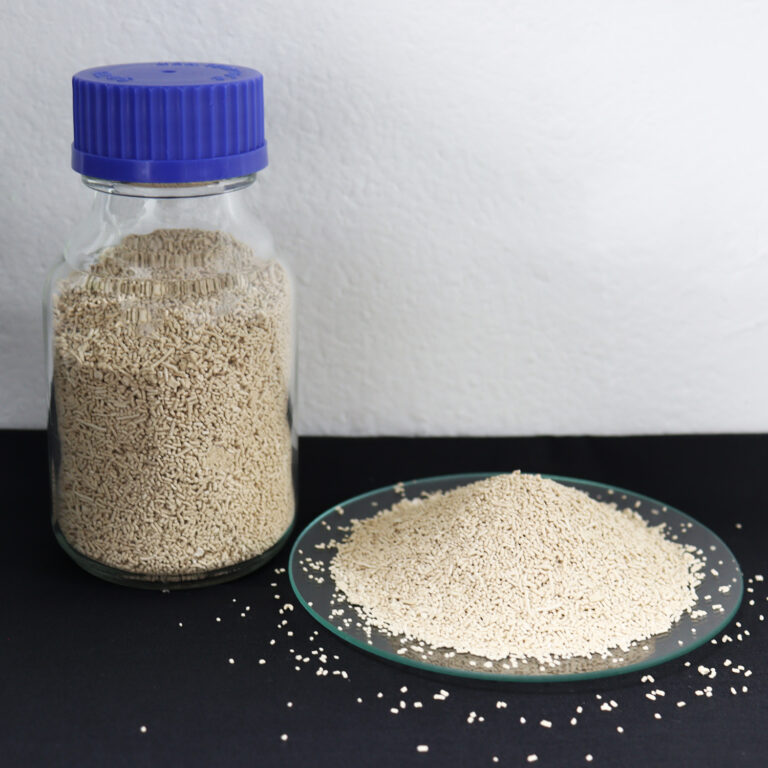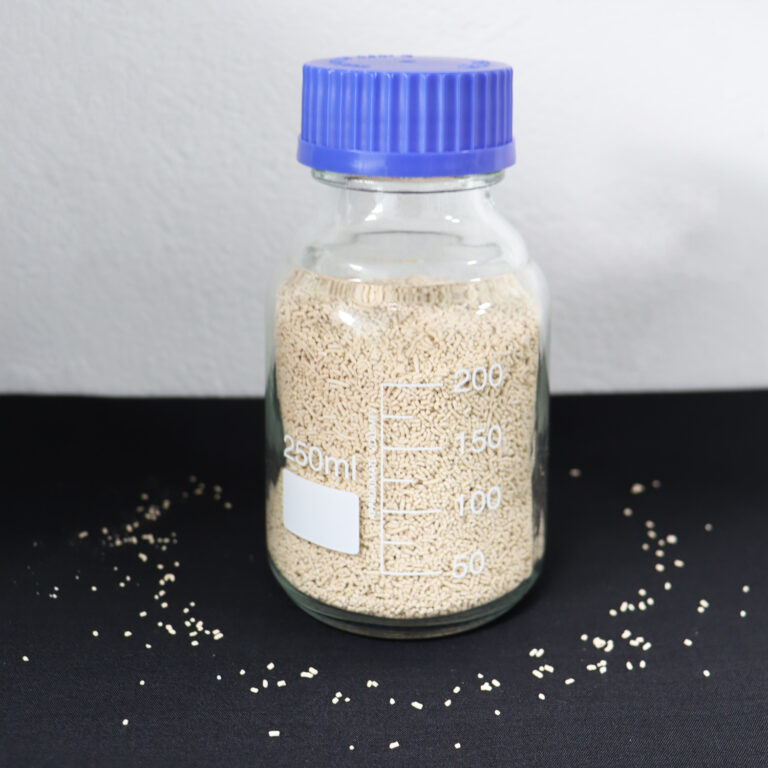When we think of textiles, we often imagine fabrics, dyes, and finishes. However, there is an entire class of essential chemicals working quietly behind the scenes—textile auxiliaries. These compounds don’t always remain in the final product, but they play a critical role in ensuring smooth processing, vibrant colors, and high-quality fabrics. In short, auxiliaries are the hidden chemistry that bridges the gap between raw fibers and consumer-ready textiles.
1. What Are Textile Auxiliaries?
Textile auxiliaries are chemical agents used during different stages of textile manufacturing. Unlike dyes or pigments, which provide color, auxiliaries assist in processes such as pretreatment, dyeing, printing, and finishing. Their main purpose is to improve efficiency, enhance performance, and achieve uniform results.
2. Auxiliaries in Pretreatment
Pretreatment prepares fabrics for dyeing and finishing by removing natural impurities. Common auxiliaries include:
- Wetting Agents: Improve water penetration for effective scouring and bleaching.
- Sequestering Agents: Bind metal ions in water, preventing uneven dyeing or bleaching.
- Detergents and Softeners: Clean fibers and enhance smoothness before further processing.
3. Auxiliaries in Dyeing
During dyeing, auxiliaries ensure proper dye absorption and colorfastness. Key examples include:
- Leveling Agents: Help dyes spread evenly across fabrics, preventing patchiness.
- Dispersing Agents: Keep insoluble dye particles evenly distributed in dye baths.
- Fixing Agents: Improve dye bonding with fibers, enhancing wash and rub fastness.
- Carriers: Enable better dye penetration in hydrophobic fibers like polyester.
4. Auxiliaries in Printing
Textile printing also depends on auxiliaries to deliver sharp, durable patterns:
- Thickeners: Control viscosity of printing pastes, ensuring precise designs.
- Binders: Secure pigments on fabric surfaces.
- Crosslinking Agents: Improve the durability and wash resistance of printed designs.
5. Auxiliaries in Finishing
Auxiliaries play a vital role in giving fabrics their final properties:
- Softening Agents: Provide a smooth, pleasant hand feel.
- Anti-foaming Agents: Prevent excessive foaming during chemical treatments.
- Moisture Absorbents: Enhance breathability and comfort in fabrics.
- Functional Finishes: Support antimicrobial, flame-retardant, or water-repellent applications.
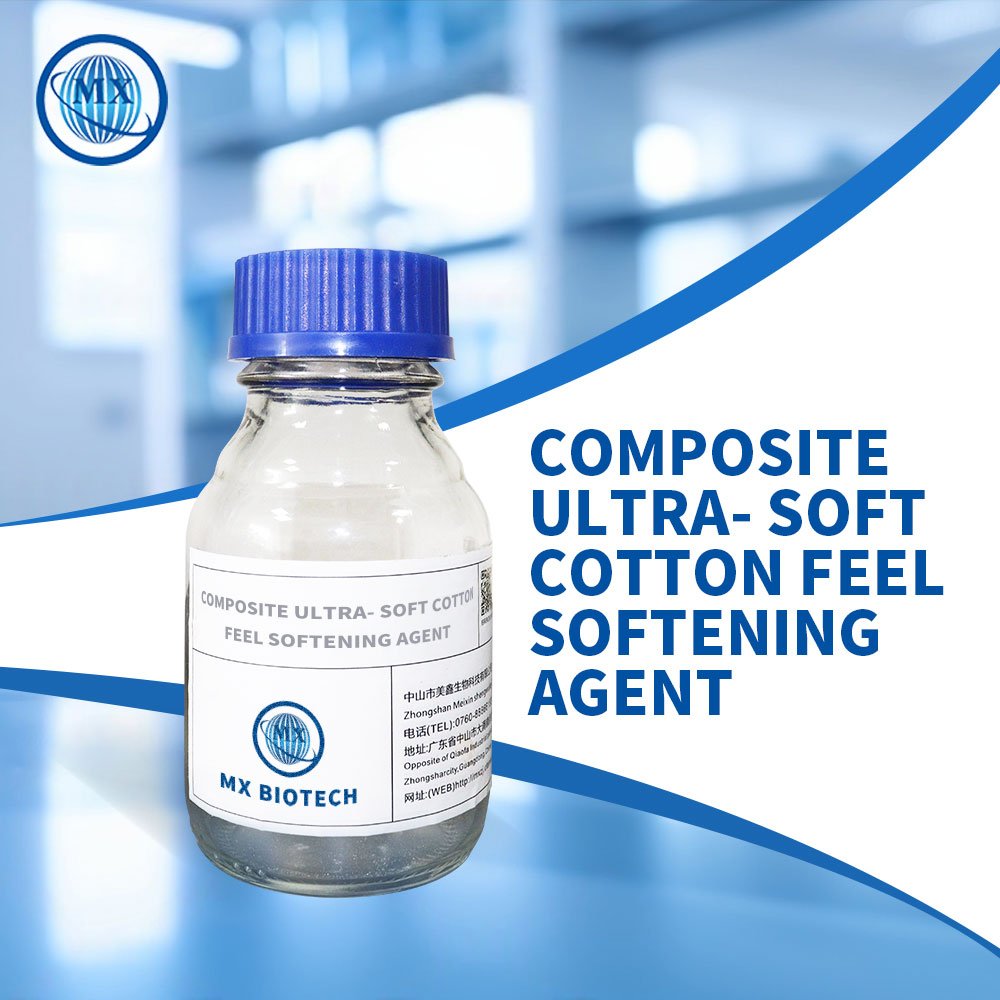

6. The Future: Eco-Friendly Textile Auxiliaries
With sustainability becoming a top priority, the textile industry is adopting greener auxiliaries:
- Enzyme-based auxiliaries replace harsh chemicals in scouring and desizing.
- Biodegradable surfactants minimize water pollution.
- Low-formaldehyde or formaldehyde-free resins ensure safer textile finishing.
These eco-innovations maintain fabric quality while reducing environmental impact.
Conclusion
Textile auxiliaries may not be visible in the final product, but they are indispensable in shaping the quality, durability, and functionality of fabrics. From pretreatment to finishing, these hidden chemical agents ensure textiles meet modern demands for comfort, performance, and sustainability.
For professional textile chemistry solutions and expert support, contact Meixin Biotech at connie.huang@meixinbiotech.com.
Textile Auxiliaries Industry Articles
The Role of Chemistry in Textile Finishing Processes
The Science Behind Fabrics: How Chemistry Shapes What We Wear
Why Chemistry is Essential for Modern Textiles
The Role of Chemistry in the Textile Industry: An Overview
How Chemistry Enhances Comfort, Durability, and Style in Fabrics
Understanding Textile Auxiliaries: The Hidden Chemistry Behind Fabric Quality
Most Common Chemicals Used in the Textile Industry and Their Functions


